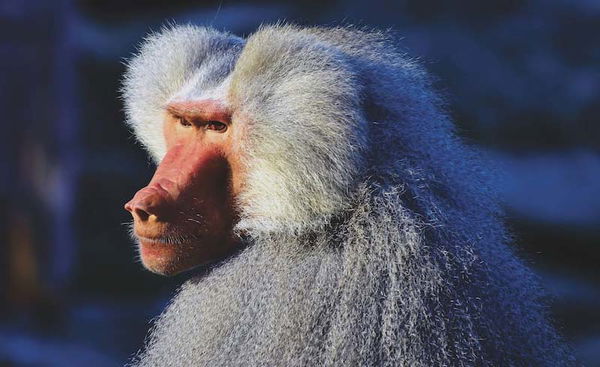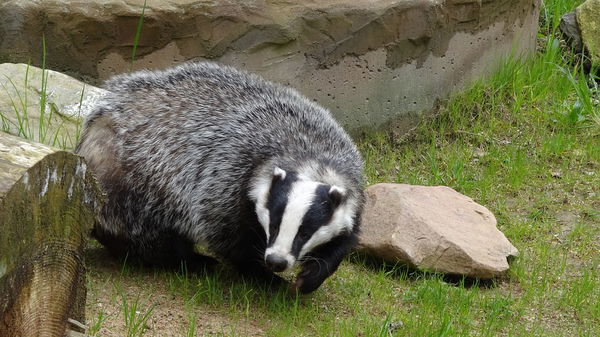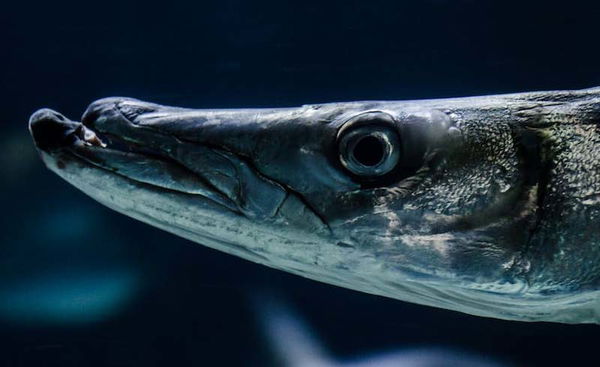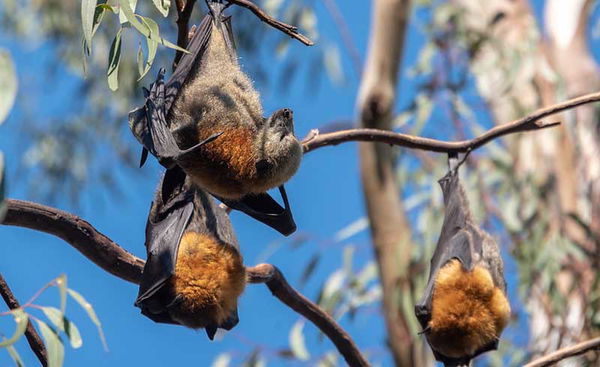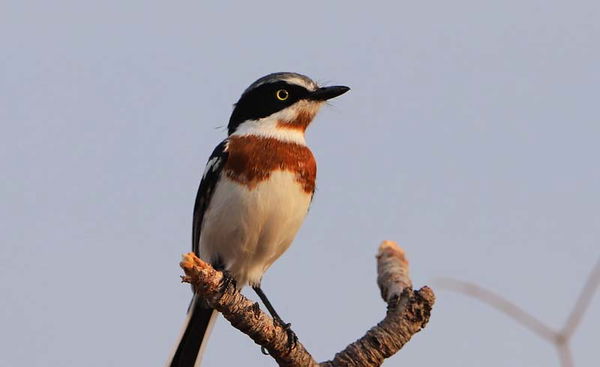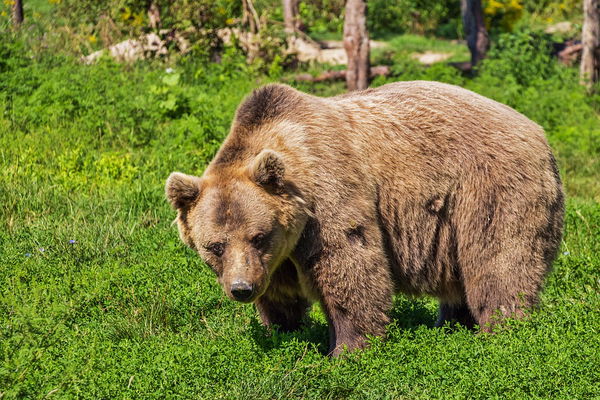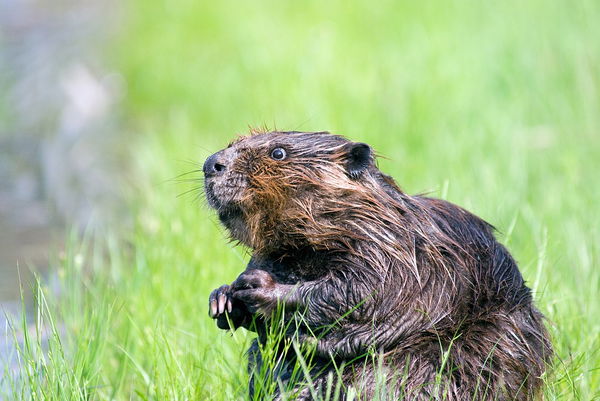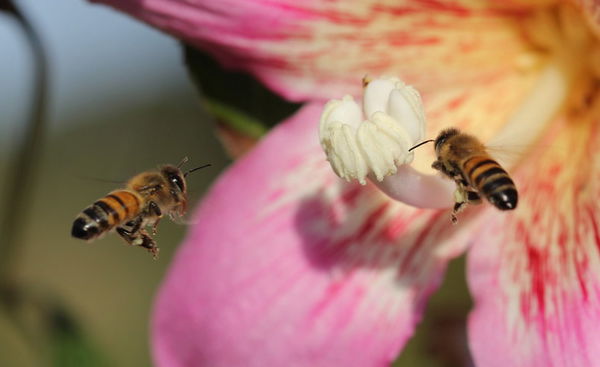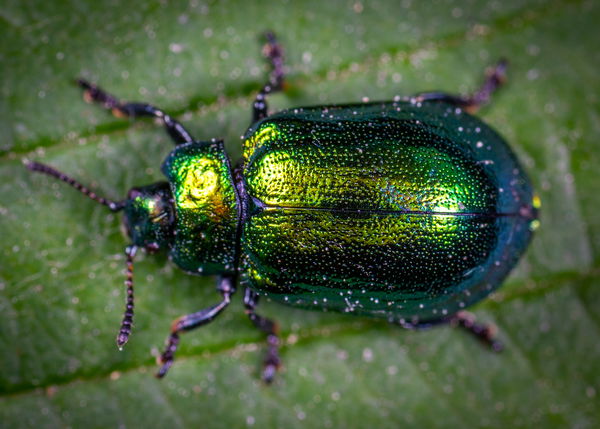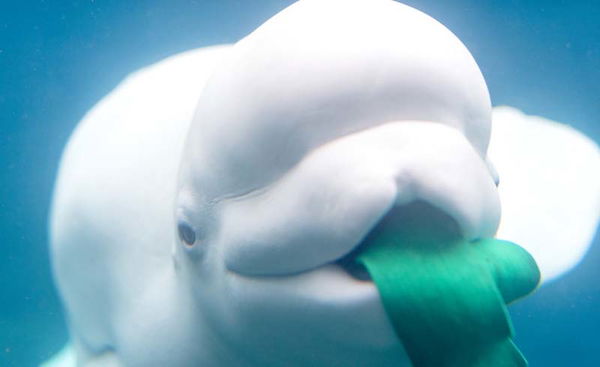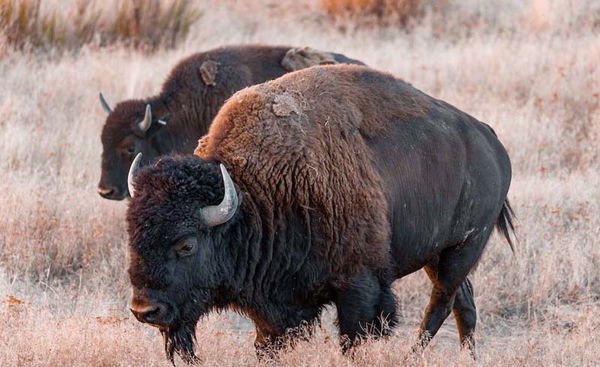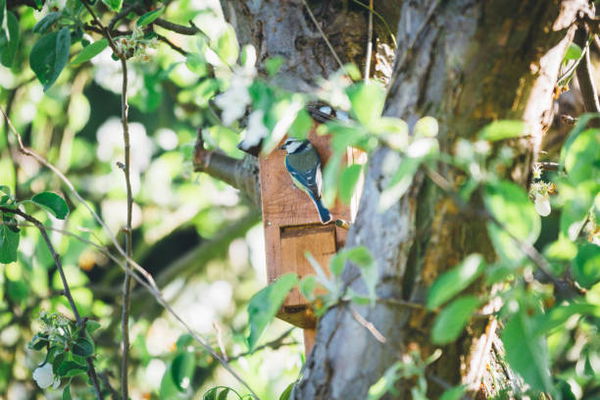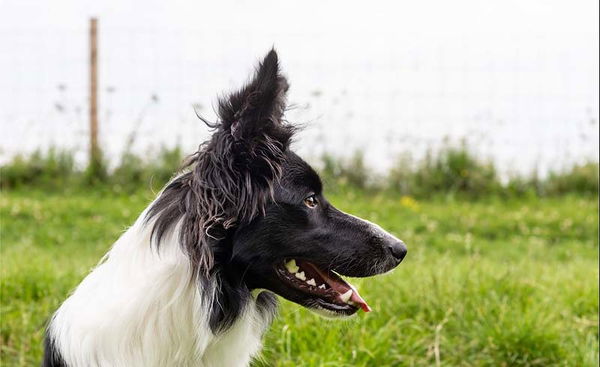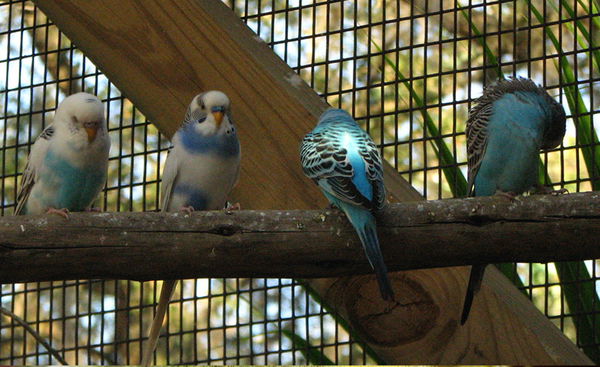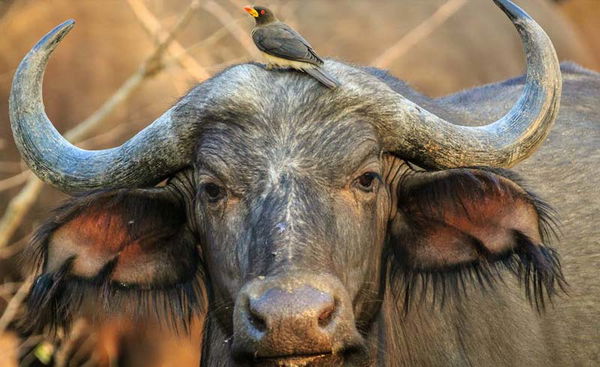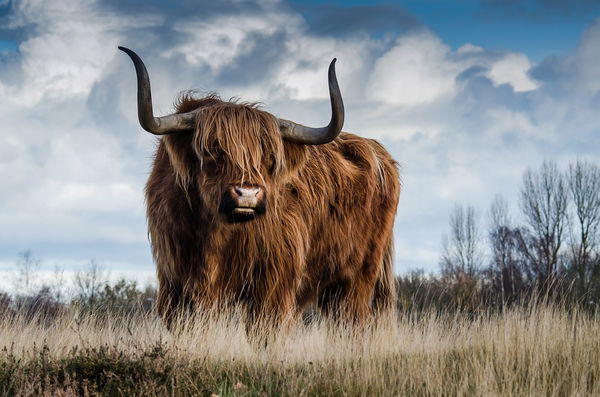The baboon is a primate found in Africa and Arabia. It is characterized by a large and muscular body, elongated snout, and powerful jaws. Its fur varies in color, ranging from dark brown to gray, with the belly and lower extremities being lighter. Males have a mane around their neck and a more imposing appearance than females.
Baboons live in social groups led by a dominant female, known as the "alpha mother." They are omnivores and feed on a variety of foods, including fruits, insects, and small animals. They are also known for their ability to steal food from humans in urban areas.
Despite their intimidating appearance, baboons are very social animals and often interact through a variety of behaviors, including vocalizations and gestures.
